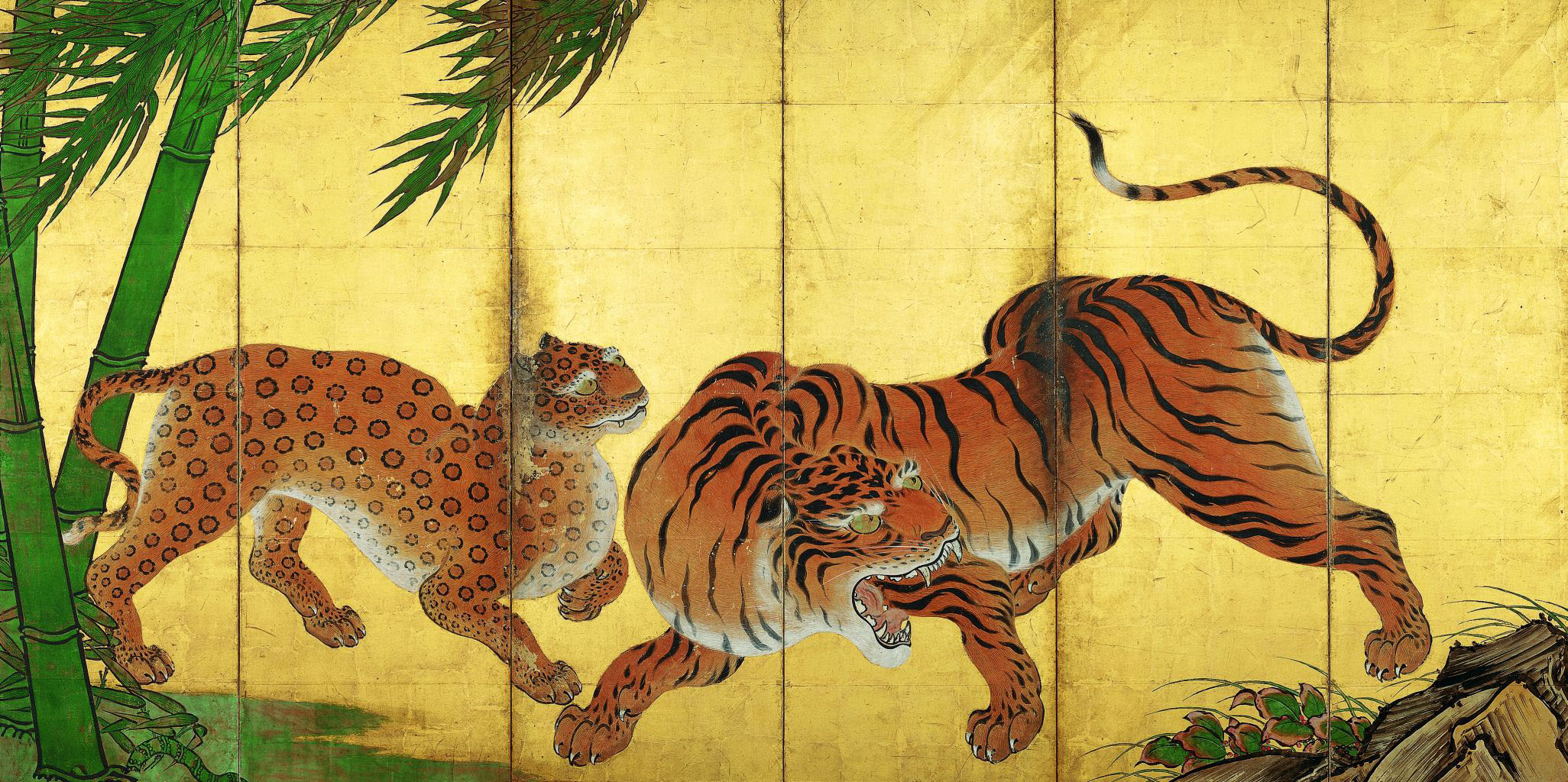Kano Masanobu (1434-1530) founded the Chinese-art influenced painting school that bears his family name and flourished in different forms through to the Meiji Era (1868-1912). A familiar tale is that as it became the dominant hierarchical painting academy of political and military patronage, it began to stylistically stagnate as its art production was regulated into a regurgitated brand based upon copybook training. Kyoto National Museum's "Kano Sanraku and Sansetsu," however, addresses idiosyncrasies rather than stereotypes.
With 20 or so works by Sanraku (1559-1635) and 60-odd by Sansetsu (1590-1651), the exhibition looks mostly like a Sansetsu show, and five years ago in the planning stage it was meant to be just that. With Sanraku well known as one of the preeminent artists of the Momoyama Period (1573-1615), the achievements of his disciple Sansetsu were less clear and so the exhibition developed into one focusing on the transition from one period to the next — and on two painters.
With artistic abilities recognized while young, Sanraku became a student of Kano Eitoku at the recommendation of the famed lord Toyotomi Hideyoshi, and was eventually adopted by his teacher. One of the school's leading painters by 1590 at the time of his teacher's death though the earliest works in the exhibition date to the early 17th century, we witness powerful brushwork in ink, sumptuous, colorful interior architectural decoration in "Tigers and Dragon" (early 17th century) and sophisticated compositions with near myopic renderings in "Battle of the Carriages" (1604).



